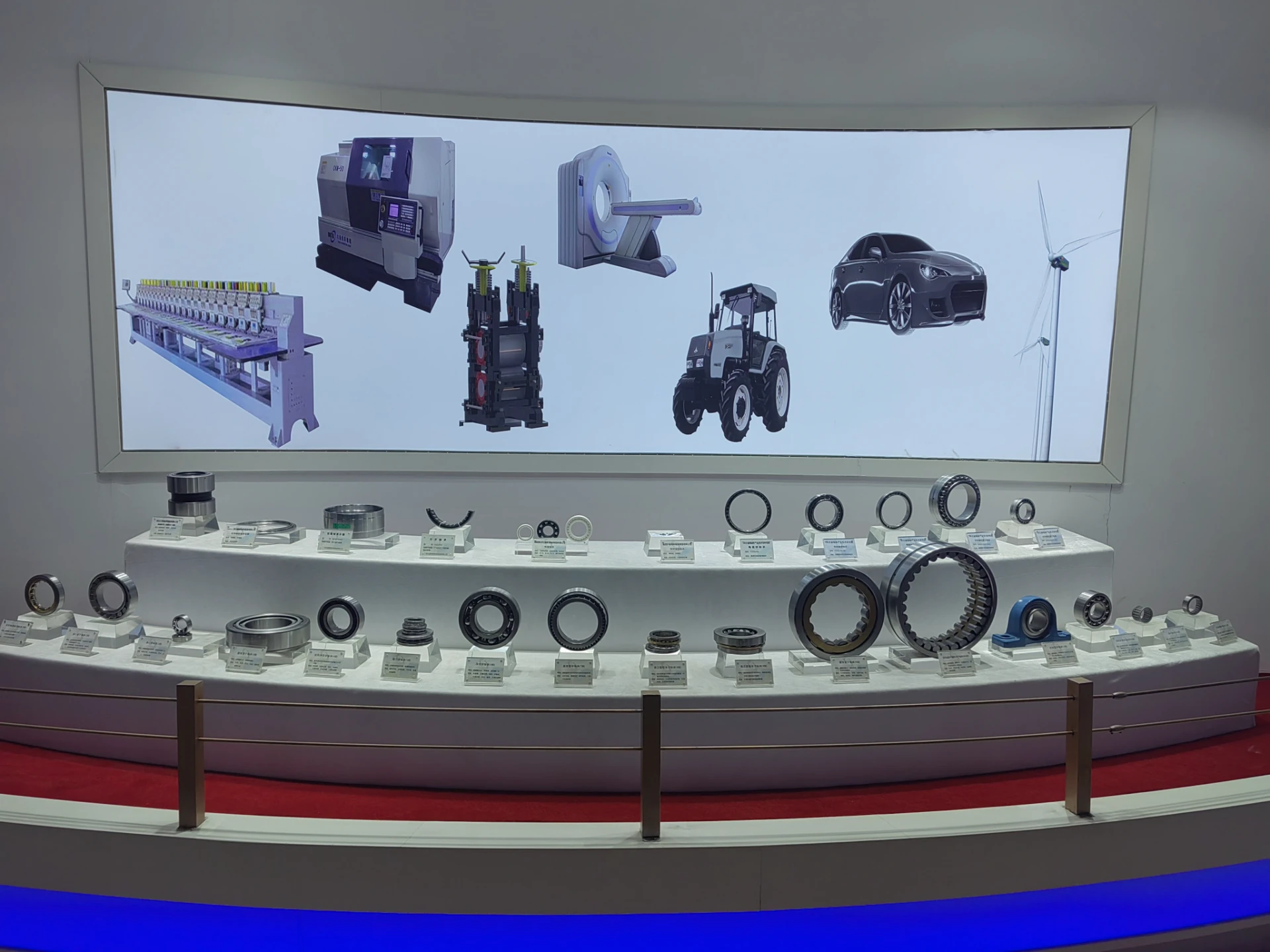
10 月 . 04, 2024 12:13 Back to list
Understanding the Functionality and Applications of Straight Cylindrical Roller Bearings in Engineering
Understanding Straight Cylindrical Roller Bearings
Straight cylindrical roller bearings are a crucial component in many industrial applications, providing support for rotating elements with minimal friction. These bearings are known for their unique design and advantages, making them suitable for a wide range of machinery, from automotive to heavy-duty equipment.
Design and Structure
Straight cylindrical roller bearings consist of an inner and outer ring, along with cylindrical rollers that are placed between them. The rollers are designed to roll along the raceways of the inner and outer rings. This design allows for a large contact area, distributing the load effectively and leading to improved load capacity compared to other bearing types, such as ball bearings.
One of the essential aspects of cylindrical roller bearings is their ability to accommodate radial loads. They can handle heavy loads and reduce the risk of deformation under stress due to their sturdy roller shape. The cylindrical shape of the rollers also allows for an increased number of rollers within the same bearing size, further enhancing their load-bearing capabilities.
Operational Features
Cylindrical roller bearings have a high-speed capability and can operate effectively at various temperatures. Depending on the specific design and materials used, they can perform well in environments that range from cryogenic to high-temperature applications. The need for lubrication is another important factor; while many designs require oil or grease, some advanced models can operate with minimal lubrication, reducing maintenance requirements and overall costs.
Moreover, straight cylindrical roller bearings are available in different configurations, including single-row, double-row, and multi-row designs. Each configuration is tailored to meet specific application needs. Single-row bearings are the most common and are typically used in applications where space is limited. In contrast, double-row bearings can handle higher radial loads and moments, making them ideal for heavy machinery.
straight cylindrical roller bearing

Applications
Due to their robust design, straight cylindrical roller bearings are widely used across various industries. In the automotive sector, they are employed in gearboxes, differential housings, and engine components, where they help reduce friction and wear. In the manufacturing industry, they are integral to machinery such as conveyor systems, lathes, and milling machines, ensuring smooth operation and longevity of equipment.
In the heavy equipment sector, including construction and mining machinery, cylindrical roller bearings provide the reliability needed to withstand extreme conditions. Their capability to support heavy loads makes them a favorite choice for applications like excavators, cranes, and trucks.
Advantages over Other Bearing Types
One of the key advantages of using straight cylindrical roller bearings is their high load capacity relative to their size. They can accommodate higher radial loads compared to ball bearings, making them a more efficient choice in many high-pressure circumstances. Additionally, the design minimizes wear and tear, resulting in a longer lifespan.
Another significant advantage is their ability to withstand misalignment. Due to the cylindrical shape of the rollers, these bearings can tolerate slight misalignments in the shaft, which enhances their reliability in practical applications.
Conclusion
Straight cylindrical roller bearings are vital components in numerous industrial systems, offering enhanced performance, durability, and load capacity compared to other bearing types. Their design flexibility allows for usage in a wide range of applications, making them indispensable in modern machinery. As technology continues to advance, the importance of these bearings will only grow, highlighting the need for ongoing research and development in this field to improve their efficiency and functionality. Understanding their mechanics and applications is crucial for engineers and manufacturers aiming to optimize their products and ensure smooth operations in various environments.
Latest news
-
Unlocking Efficiency with Spherical Roller Bearings
NewsOct.29,2024
-
The Ultimate Guide to Thrust Ball Bearings
NewsOct.29,2024
-
The Power of Thrust Roller Bearings: Engineered for Excellence
NewsOct.29,2024
-
The Power of Deep Groove Ball Bearings for Your Application Needs!
NewsOct.29,2024
-
The Power and Performance of Cylindrical Roller Bearings
NewsOct.29,2024
-
High-Quality Ball Bearing Manufacturing Machines
NewsOct.29,2024
